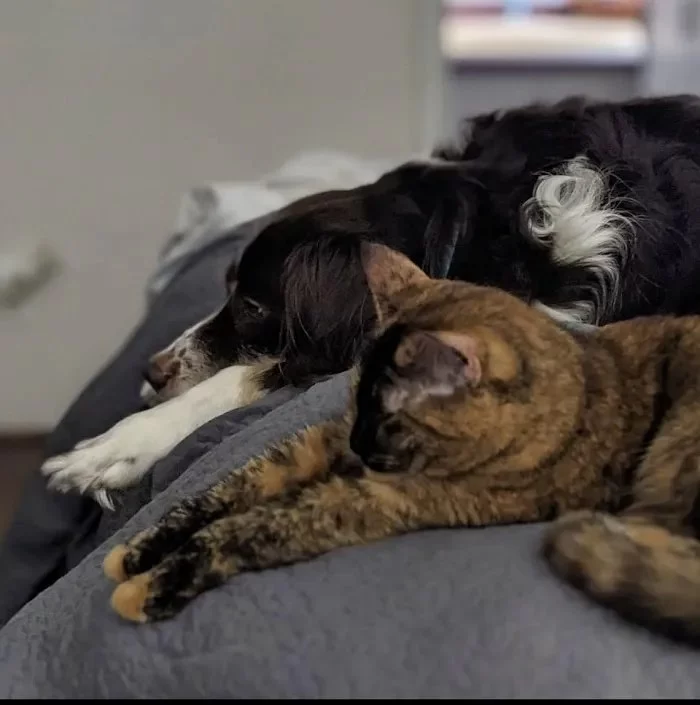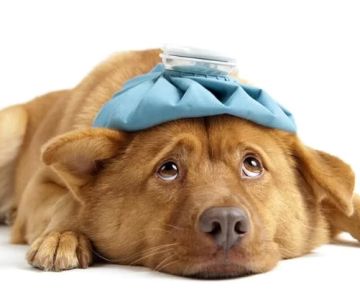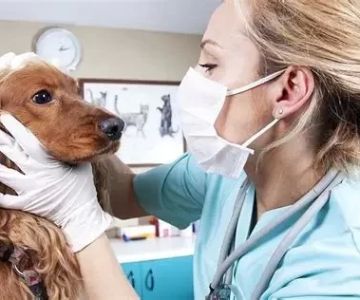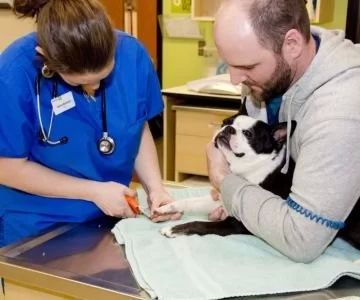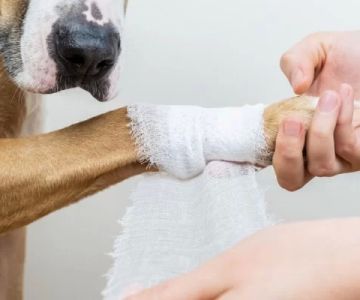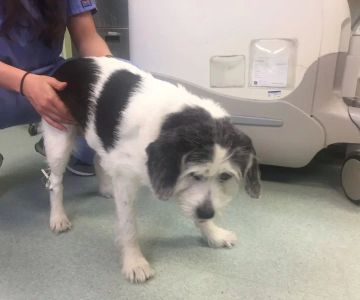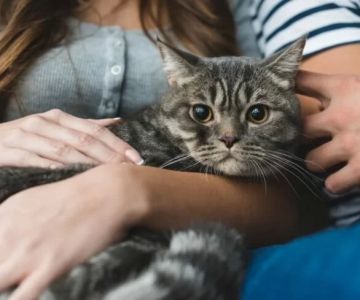- Dog-Sleep-Patterns-Understanding-Your-Canine’s-Rest
- Cat-Sleep-Habits-Why-Felines-Are-the-Masters-of-Naps
- Factors-Affecting-Pet-Sleep-Environment-Age-and-Health
- Pet-Sleep-Tips-How-to-Improve-Your-Dog’s-and-Cat’s-Sleep
- Why-Choose-Hidden-Brook-Veterinary-for-Your-Pet’s-Wellbeing
1. Dog Sleep Patterns: Understanding Your Canine’s Rest
Dogs, just like humans, rely on consistent and restful sleep to stay healthy and happy. On average, adult dogs sleep about 12–14 hours per day, while puppies and senior dogs can snooze up to 18–20 hours. This variation often depends on their age, breed, and activity level. For example, a working dog such as a Border Collie might sleep less during the day because of its higher energy output, while a large breed like a Great Dane enjoys longer, deeper naps.
Dogs cycle through phases of sleep similar to humans—light sleep, deep sleep, and REM (rapid eye movement). During REM sleep, you might notice twitching paws or quiet whimpers, which indicates that your dog is dreaming. Studies from veterinary sleep research show that dogs spend about 10% of their sleep in REM, a critical stage for mental recovery. This is why maintaining a quiet, comfortable sleep environment is vital for their well-being.
2. Cat Sleep Habits: Why Felines Are the Masters of Naps
If dogs are dedicated sleepers, cats are true professionals. Most cats sleep between 13–16 hours daily, with some even reaching 20 hours depending on age and lifestyle. Cats are crepuscular animals, meaning they are most active during dawn and dusk. This natural rhythm comes from their wild ancestors, who hunted at those hours for survival.
Interestingly, cat sleep is incredibly adaptable. Indoor cats might adjust their nap schedule to align with their owners’ routines, while outdoor cats stay alert to protect themselves. During light sleep, a cat’s ears and whiskers may twitch in response to surrounding sounds, showing their ability to stay semi-alert even while resting. Senior cats tend to sleep longer, but fragmented sleep cycles could indicate discomfort, arthritis, or underlying medical issues. If your cat’s sleep patterns suddenly change, it may be time to consult a veterinarian.
3. Factors Affecting Pet Sleep: Environment, Age, and Health
Many factors influence how well your pets sleep. The environment plays one of the biggest roles. A calm, temperature-controlled, and familiar space can greatly improve sleep quality. Loud noises, inconsistent schedules, or uncomfortable bedding can disrupt rest. For example, dogs sleeping near noisy windows or high-traffic areas often show more restlessness at night.
Health is another critical component. Pets suffering from pain, anxiety, or underlying conditions like thyroid issues may show unusual sleep patterns—either sleeping too much or too little. According to veterinary behavioral experts, pets experiencing chronic discomfort often prefer to sleep near their owners for a sense of security. If you observe irregular sleep or snoring, excessive daytime sleepiness, or nighttime pacing, it’s best to schedule a check-up.
At Hidden Brook Veterinary, we regularly help pet owners identify subtle changes in sleep that may point to deeper health issues. A thorough health evaluation can ensure your dog or cat enjoys restorative sleep and long-term vitality.
4. Pet Sleep Tips: How to Improve Your Dog’s and Cat’s Sleep
Improving your pet’s sleep doesn’t require drastic changes—just a bit of awareness and consistency. Here are a few professional tips based on real-world cases and veterinary insight:
4.1 Create a Routine
Animals thrive on predictable schedules. Feeding, playtime, and bedtime at consistent hours signal their internal clocks and improve rest. One of our Hidden Brook clients, a Golden Retriever named Bella, saw significant behavioral improvements after her owner established a steady bedtime routine.
4.2 Provide a Comfortable Sleeping Space
Invest in supportive bedding that matches your pet’s size and sleeping posture. Orthopedic beds are particularly beneficial for senior dogs and cats. Keep the area quiet, dimly lit, and away from drafts. A cozy blanket or familiar toy can also reduce anxiety, especially for rescue pets adapting to new homes.
4.3 Encourage Daily Activity
Just like humans, pets rest better after being physically active. Regular exercise helps regulate energy levels and reduces nighttime restlessness. For cats, interactive toys and climbing structures are great outlets for their hunting instincts.
4.4 Observe Behavioral Changes
If your pet’s sleep becomes excessively long or interrupted by discomfort, it’s not just “old age.” Behavioral changes are often early indicators of medical concerns. Regular visits to Hidden Brook Veterinary can help detect issues early through sleep behavior assessments and tailored wellness plans.
5. Why Choose Hidden Brook Veterinary for Your Pet’s Wellbeing
Hidden Brook Veterinary is more than a clinic—it’s a trusted partner for pet parents who care deeply about their companions’ quality of life. Our team specializes in understanding behavioral and physical indicators of sleep-related health issues. Whether you’re concerned about your dog’s snoring, your cat’s constant drowsiness, or simply want to improve their comfort, our professionals provide personalized care and guidance.
We believe that good sleep equals good health. By addressing both environmental and medical factors, Hidden Brook Veterinary ensures your pet not only sleeps better but lives better. If you’re unsure about your pet’s sleep habits, schedule a consultation with us today to receive expert advice and compassionate care.

